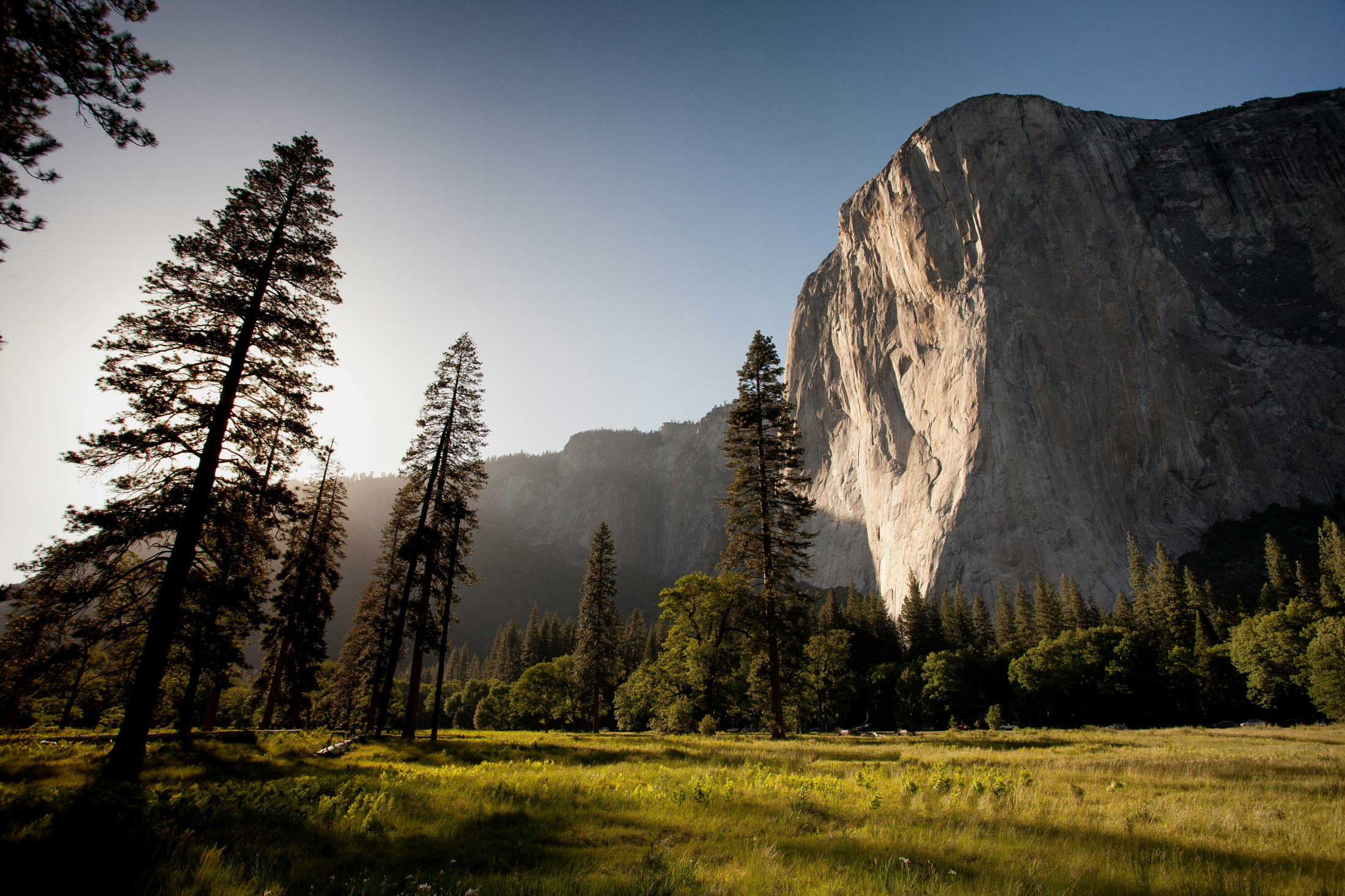Significant Natural Areas
Posted: 9 May 2024
Associate Minister for the Environment, Andrew Hoggard, announced on 14 March 2024 that the government will suspend the Significant Natural Areas (SNAs) requirements while it overhauls the Resource Management Act 1991 (RMA). It comes as a timely announcement after the Greater Wellington Regional Council’s (GWRC) unsuccessful prosecutions of two rural landowners due to the council having wrongly identified wetlands on private farmland.
Suspended while government overhauls RMA
So what are SNAs, how do they currently affect our rural landowners and how will they be addressed in the future?
Defining an SNA
SNAs are areas containing ‘significant indigenous vegetation’ and ‘significant habitats of indigenous fauna’ that must be protected to ensure ongoing biodiversity. The basis for defining and identifying SNAs is in section 6 of the RMA:
‘6 Matters of national importance
In achieving the purpose of this Act, all persons exercising functions and powers under it, in relation to managing the use, development, and protection of natural and physical resources, shall recognise and provide [our emphasis] for the following matters of national importance:
. . .
(c) the protection of areas of significant indigenous vegetation and significant habitats of indigenous fauna: . . . ’
While the RMA is nearly 33 years old, it was only in August 2023, when the National Policy Statement for Indigenous Biodiversity came into force, that a mandatory standardised approach and criteria were introduced to protect SNAs under s6. In practical terms, the Policy Statement required regional councils to identify and map SNAs within their territory (including on private land) and include them in their district plans by August 2028.
Implications for rural landowners
Once an SNA has been identified, it means that the area is noted on the council’s records. The use to which that land can then be put is more controlled. That doesn’t necessarily mean that existing uses of that land will be stopped – although it could. It does mean, however, that generally speaking existing activities are unlikely to be able to be intensified and new activities are likely to be subject to tighter controls – if permitted at all.
There is no direct government compensation for a landowner who has an SNA identified on their land. The SNA identification process has been somewhat controversial. This is partly because the RMA does not define ‘significant’ and, as a result, it has been left to each council to interpret this, largely using case law and ecological guidance.
Regional councils’ interpretation and identification of areas to protect under the RMA has recently been highlighted by the GWRC’s two unsuccessful prosecutions of rural landowners, one of which has been labeled by the Court of Appeal as a ‘miscarriage of justice.’
In both cases, the GWRC was found to have incorrectly identified wetlands on private farmland. Although the GWRC’s prosecutions were unsuccessful in both cases, they illustrate how severe the penalties can be under the RMA. In one case, Mrs Crosbie was fined $118,742 as the owner of the property, and Mr Page was sentenced to three months’ imprisonment (which he had already served prior to the Court of Appeal hearing).
The future of SNAs
The message from this government has been very clear – stop mapping and imposing SNAs for three years while it reviews the RMA. Mr Hoggard has said that quickly suspending the SNA requirements was to ensure councils did not waste resources and efforts on requirements that were likely to change. He has also asked officials to review existing SNAs.
The suspension, however, will not change the need for councils to protect areas of national importance under s6 of the RMA. Arguably, regional councils could still identify areas on private land to protect, and they may impose restrictions on private landowners on the use of such land. Nevertheless, with the clear message from the government to not waste resources in this area, it is unlikely that we will see regional councils identifying new areas to protect until the government provides further guidance to those councils or new resource management laws are passed.
DISCLAIMER: All the information published in the Property eSpeaking, Commercial eSpeaking, Trust eSpeaking, Rural eSpeaking, and Fineprint newsletters is true and accurate to the best of the authors’ knowledge. It should not be a substitute for legal advice. No liability is assumed by the authors or publisher for losses suffered by any person or organisation relying directly or indirectly on this article. Views expressed are those of individual authors, and do not necessarily reflect the view of this firm. Articles appearing in Property eSpeaking, Commercial eSpeaking, Trust eSpeaking, and Fineprint may be reproduced with prior approval from the editor and credit given to the source. Copyright, NZ LAW Limited, 2019. Editor: Adrienne Olsen. E-mail: [email protected]. Ph: 029 286 3650 or 04 496 5513.
